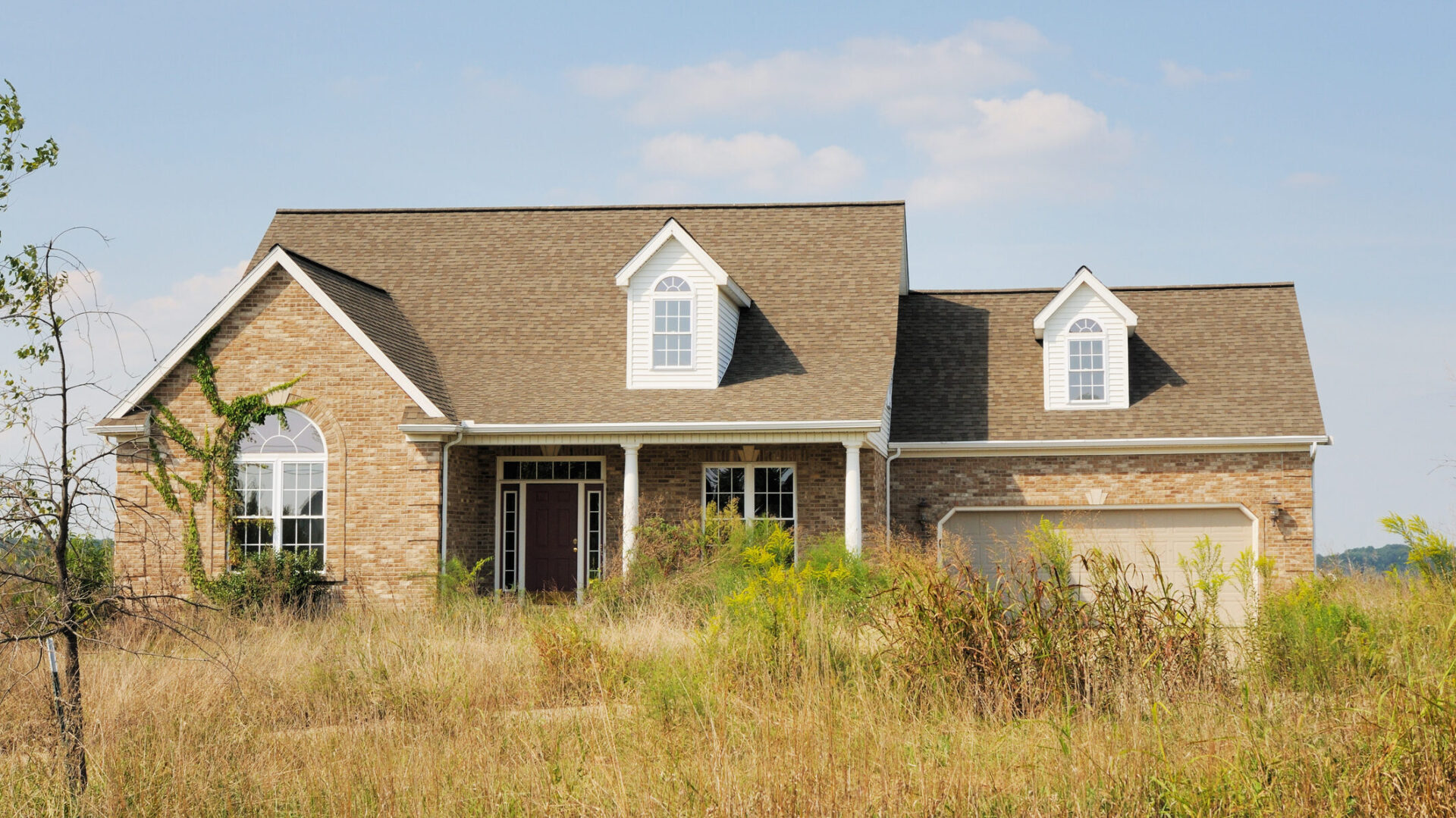As the real estate market rapidly cools thanks in large part to the FED’s decisions to raise interest rates, many pundits are wondering if the industry will see a repeat of what took place in 2007 and 2008. Granted, there are a number of important similarities. Prices were through the roof back then, just as they were in many areas in 2020 and 2021. The number of foreclosures rose drastically in 2008, just as they have in 2022. Even so, there are some important differences that make it clear the market is not in for a repeat of what took place over a decade ago.
First, there is a widespread housing shortage. Recent estimates indicate that the nation is nearly 4 million homes short of meeting housing needs; what’s more, home construction companies are struggling to keep up with demand due to supply chain shortages, labor shortages, and the rising cost of materials. In 2008, a whopping 1.6 million foreclosed homes hit the market; while foreclosures have been rising last year and this year, even a foreclosure rate equal to that of 2008 won’t solve the United States’ lack of housing. The basic laws of supply and demand almost ensure that housing prices won’t hit rock-bottom as they did in 2008, especially in areas that are experiencing population growth.
Furthermore, lenders and homebuyers alike have not returned to the reckless practices that led to the 2008 housing market crash. Lenders are doing their due diligence to ensure borrowers are able to repay their loans while buyers are wisely opting for fixed-rate interest loans rather than adjustable-rate ones. Before the 2008 housing market crash, over 13 million loans were ARM loans; current estimates indicate that only 2.5 million borrowers have adjustable-rate mortgages. Thus, the number of current homeowners who will be affected by rising interest rates will be far lower than it was fourteen years ago. There is also the fact that the job market is much stronger now than it was during the economic downturn of 2008. While in times past many struggled to find work after losing their jobs, in today’s market companies are struggling to find workers and many jobholders have been able to move to higher-paying jobs due to the demand for skilled employees.
There are those who are concerned that the real estate market is in for the same shock it received in 2008. There are also some who feel the shock could be even worse if FED Chairman Jerome Powell keeps aggressively raising interest rates in order to get inflation under control. While it is impossible to foretell with 100% accuracy what the future holds, there are safeguards in place that were not available during the economic downturn of 2008 to prevent buyers who would not be able to make monthly payments from obtaining a mortgage loan. What’s more, the current housing shortage has no easy solution in sight and a strong job market is providing steady wages to enable homeowners to make monthly payments on time and in full. Even so, real estate industry experts will want to keep a close eye on market trends to see how inflation, rising rates, supply chain shortages, and other factors will affect the real estate market now and in the future.

